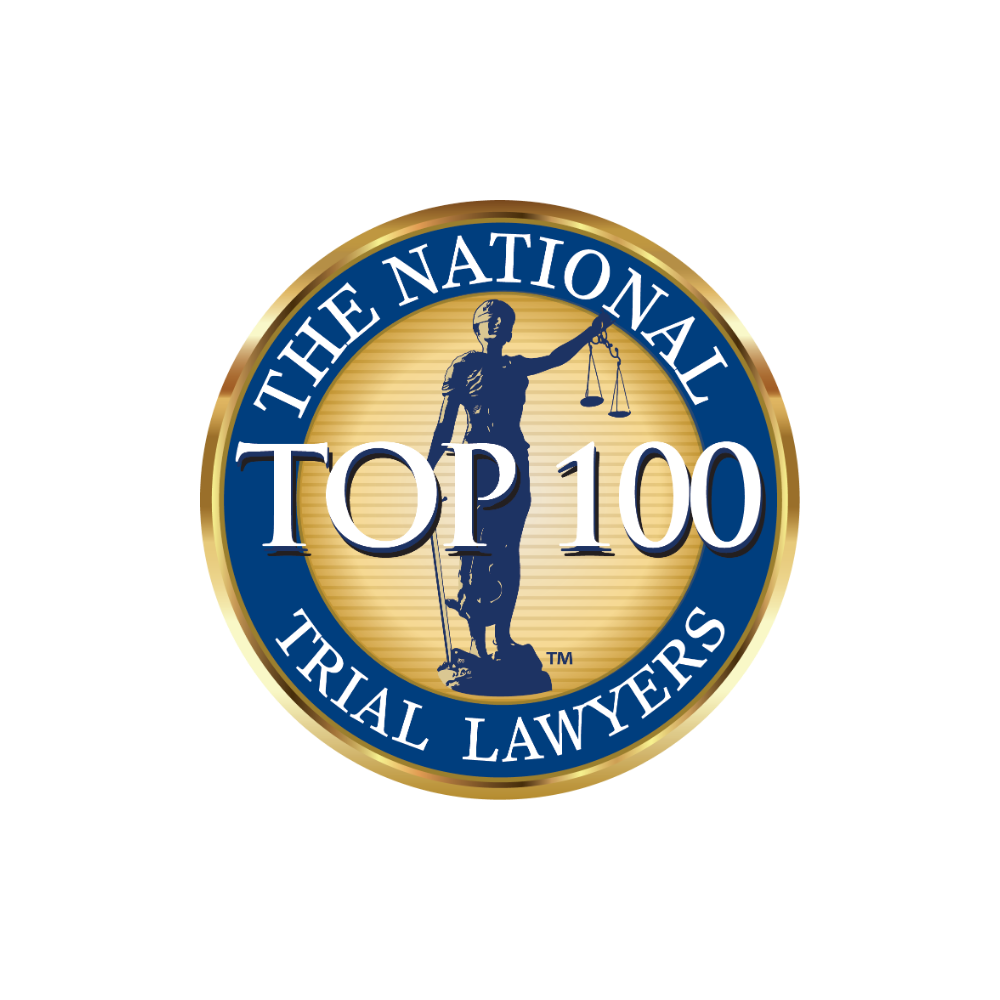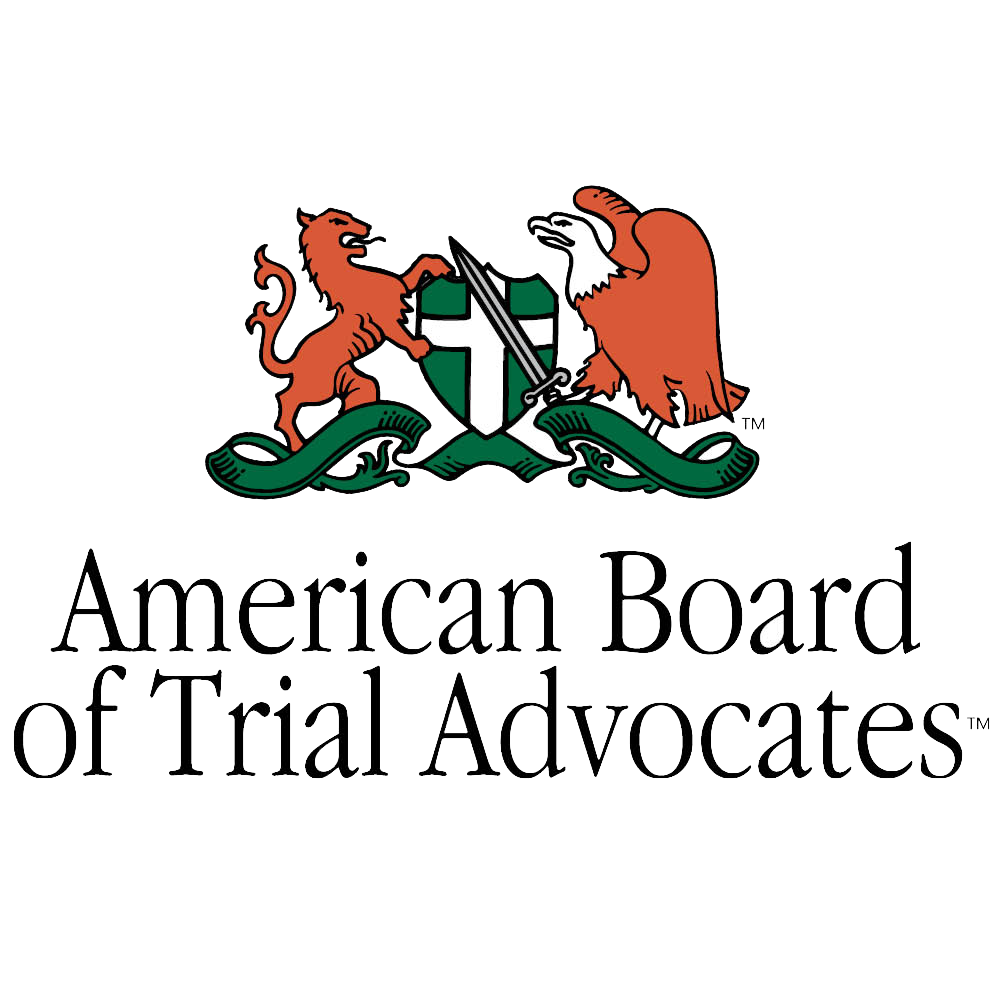Significant advances in AED technology
During the last 20 years have led to a new wave of small, portable defibrillators being developed.
A Wall Street Journal article in 1996 stated, in part, that manufacturers of these automatic external defibrillators envision a day not far off when AEDs will be as common as fire extinguishers. With the increasing popularity of these devices, the standard of care has developed to the point that both common law and statutory regulation are beginning to demand that AEDs are present in a variety of public places.
According to the American Red Cross, more than 300,000 Americans die each year of cardiac arrest. The medical studies indicate that a large percentage of these individuals could be saved by the timely application of an AED to restart the heart. The AED device is appropriate for the occurrence of a “sudden cardiac arrest,” which is an electrical malfunction of the heart that triggers a fatally abnormal heart rhythm.
AEDs now cost as little as $1,000 and are so easy to use that even children can use them by following diagrams and voice prompts on the new AED models.
Lawsuits have now become common, either for the failure of premises owners to have AEDs when required by law, or in the negligent failure to properly find or use an AED when it is already on the premises.
Recent cases involving the deaths of individuals on airplanes, the death of Tim Russert, Michael Jackson, and the deaths of professional athletes have prompted the establishment of Good Samaritan laws in all 50 states.
Who must have AEDs?
- Federal buildings
- Certain commercial airplanes, and others may be required
- Common carriers
- Hotels
- Commercial businesses
- Doctors’ offices
West Palm Beach attorney Craig Goldenfarb has handled many cases where compensation has been awarded to the families of the deceased for either not having an AED present at the premises, for employees/staff not knowing where the AED was located, or not having someone properly trained to use it. Goldenfarb lectures nationally to condominiums, gyms, and various other organizations, to promote the purchase of these life-saving devices. By encouraging the widespread use of AEDs to save lives, we can all help establish a standard of care that encourages AED use n a variety of settings.
Craig Goldenfarb has been chairperson of the American Association for Justice’s AED Litigation Group since 2009. Contact him for a free evaluation of your case to determine if you are entitled to compensation for the loss of a loved one whose life might have been saved by the use of an AED.
Order Goldenfarb’s free book, What the Insurance Companies Don’t Want You to Know.



